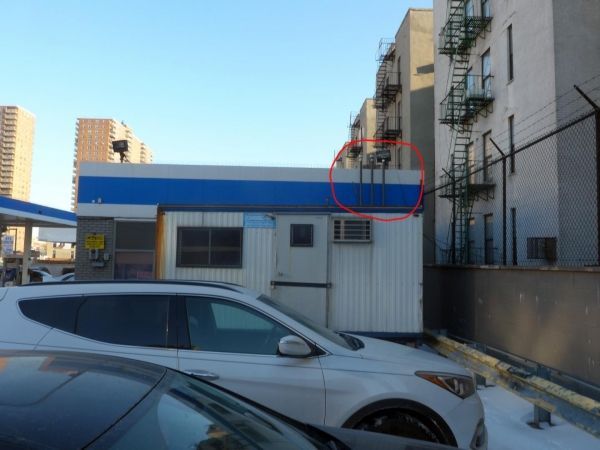A study led by environmental health scientists at Columbia University Mailman School of Public Health examined the release of vapors from gas station vent pipes, finding emissions were 10 times higher than estimates used in setback regulations used to determine how close schools, playgrounds, and parks can be situated to the facilities. Findings appear in the journal Science of the Total Environment.
Gasoline vapors, which are invisible but odorous, contain a number of toxic chemicals, notably benzene, a carcinogen.
The researchers attached gas flow meters to venting pipes at two large gas stations in the Midwest and Northwest and took measurements over a three-week period. They report average daily evaporative losses of 7 and 3 gallons of liquid gasoline, respectively, or 1.4 pounds and 1.7 pounds per 1,000 gallons dispensed at the pump. By comparison, the California Air Pollution Control Officers Association (CAPCOA) used an estimate of 0.11 pounds per 1,000 gallons. Based on CAPCOA emission estimates, the California Air Resources Board (CARB) determined their setback regulation of 300 feet (91 meters) from large gas stations. Similar laws exist in many, but not all states and localities. In urban areas like New York City, some gas stations are located directly adjacent to apartment buildings.
The study also simulated how the fuel vapor was carried in the air to assess the potential for short- and medium-term benzene exposures, comparing their measurements to three established thresholds. The California Office of Environmental Health Hazard Assessment one-hour Reference Exposure Level (REL) for benzene—defined as a continuous hour of exposure to the chemical—was exceeded at both gas stations at distances greater than 50 meters. At the Midwest gas station, REL was exceeded on two different days at distances greater than 50 meters, and once as far as 160 meters. The Agency for Toxic Substances and Disease Registry’s Minimal Risk Level (MRL) for benzene exposure over a period between two weeks and a year was exceeded within 7 or 8 meters of the two gas stations. A less stringent measure used for short-term exposures of first responders, the American Industrial Hygiene Association’s Emergency Response Planning Guidelines (ERPG), was not exceeded.
Read more at Columbia University's Mailman School of Public Health
Image: A study led by environmental health scientists at Columbia University Mailman School of Public Health examined the release of vapors from gas station vent pipes, finding emissions were 10 times higher than estimates used in setback regulations used to determine how close schools, playgrounds, and parks can be situated to the facilities. (Credit: Markus Hilpert/Columbia University Mailman School of Public Health)


